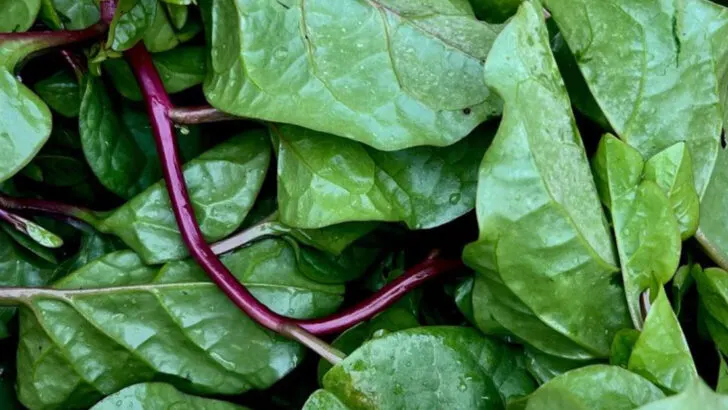Keeping leafy greens happy through the peak of summer can feel like a losing battle. Some wilt, others shoot up flower stalks seemingly overnight, leaving behind bitter leaves and a frustrated gardener. Not all greens are built to handle the heat, and knowing which ones will actually stick around through July and August makes all the difference.
This list separates the heat-tolerant workhorses from the ones that throw in the towel as soon as the temperature spikes. Some greens can push through long, hot days without flinching, while others are better saved for spring or fall. If you’re tired of bolted spinach or yellowing arugula, this breakdown can help you plant smarter and harvest longer.
Malabar Spinach
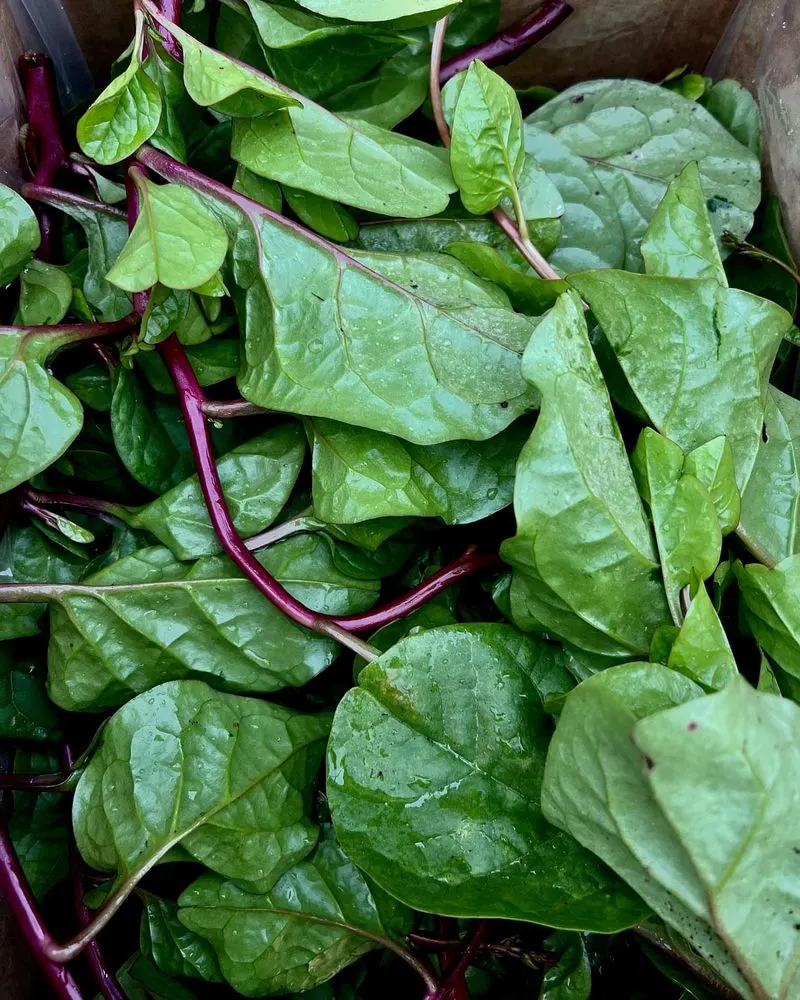
Malabar Spinach is not your typical spinach. Originating from the tropics, it’s a climbing vine that thrives in the heat. Its tender, heart-shaped leaves can add a unique twist to salads and stir-fries. This spinach boasts a slightly spicy flavor that sets it apart from its more common relatives.
During hot months, Malabar Spinach continues to flourish, offering a steady harvest when other greens may wilt. Its vibrant green hue and succulent texture make it a favorite among adventurous gardeners. Perfect for vertical gardens, it’s both ornamental and productive.
For those seeking a heat-loving alternative, Malabar Spinach is a delightful choice.
Swiss Chard
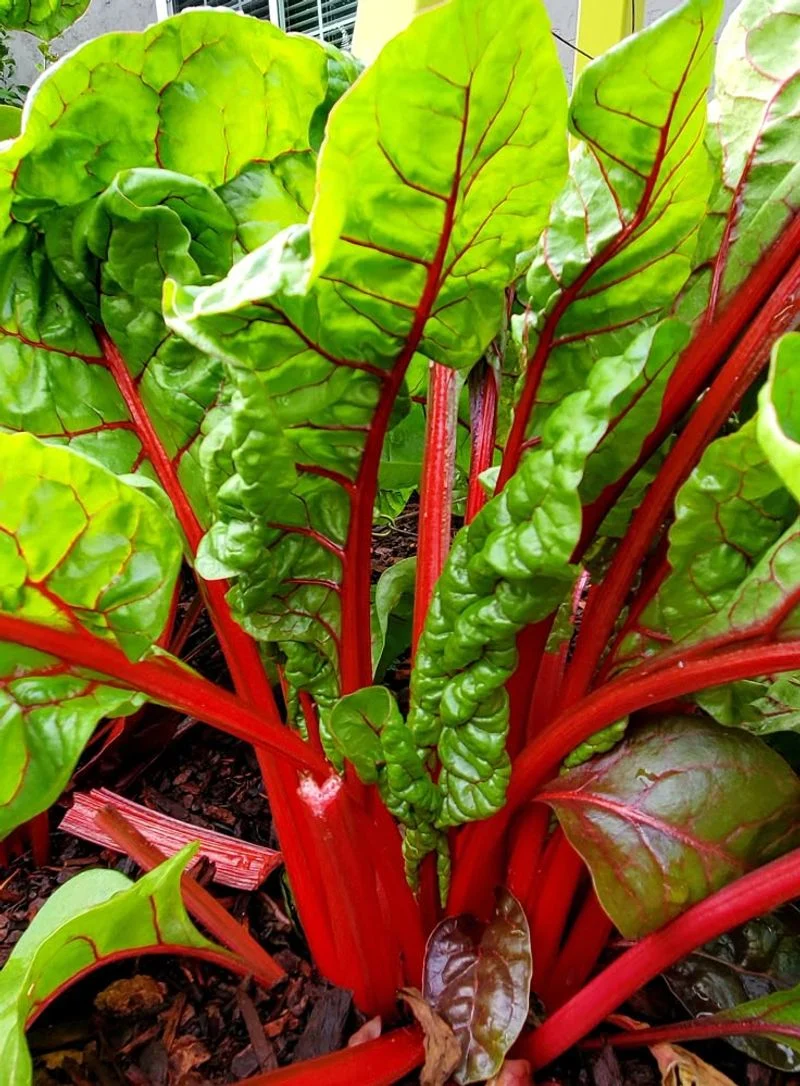
Swiss Chard offers both beauty and resilience. Known for its colorful stalks, ranging from deep reds to bright yellows, it’s a visual delight in the garden. This leafy green handles summer temperatures with grace, staying tender and flavorful.
Chard’s robust nature makes it suitable for a variety of dishes. Whether sautéed or raw, its mild taste complements many recipes. Its ability to thrive in heat makes it a staple for warm-weather gardens.
Alongside its culinary versatility, Swiss Chard’s colorful appearance means it doubles as a decorative plant, adding charm to any garden space.
Collard Greens
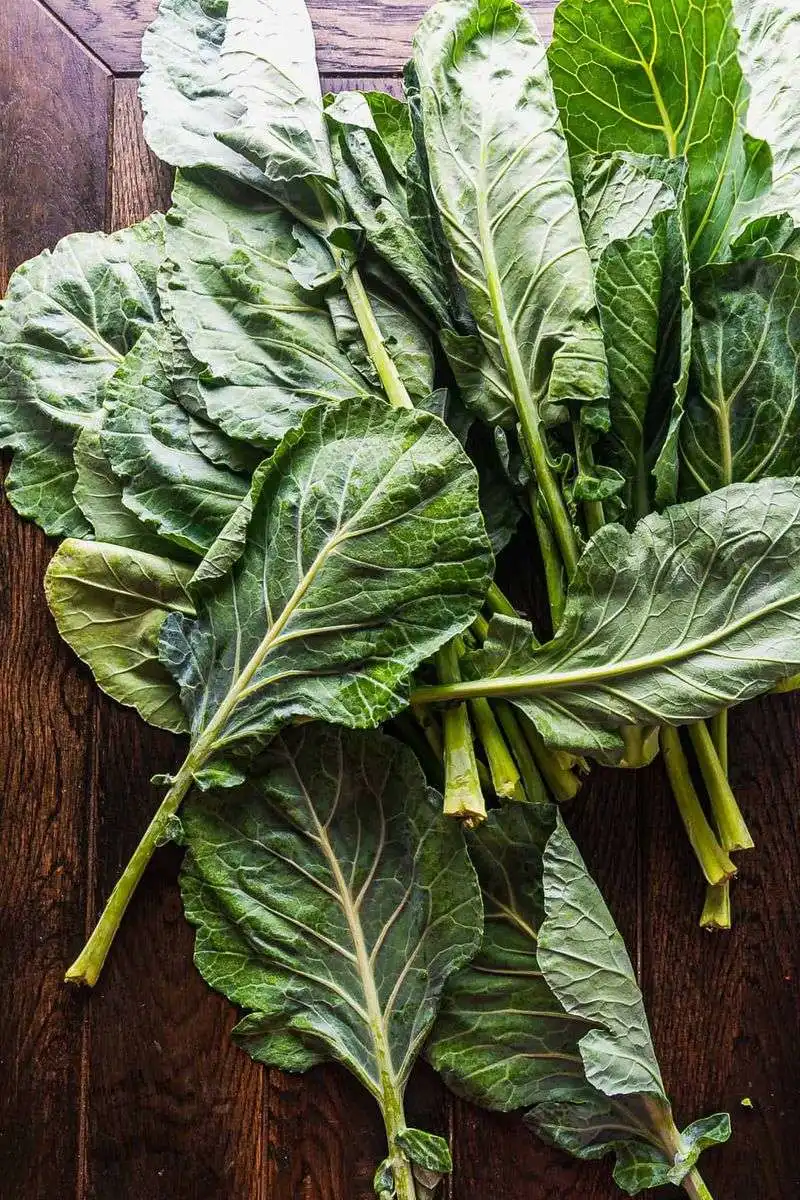
Collard Greens, a staple in Southern cuisine, stand strong against summer’s intensity. Their large, dark green leaves are not only nutritious but also heat-tolerant. These greens flourish in the sun, making them perfect for hot climates.
Renowned for their slightly bitter, earthy flavor, collards are versatile in the kitchen. Boiled, steamed, or sautéed, they pair well with a variety of spices and proteins.
Gardeners appreciate Collard Greens for their resilience and long growing season. A symbol of Southern hospitality, they offer a generous harvest, ensuring they remain a beloved choice for warm-weather gardening.
Amaranth Greens
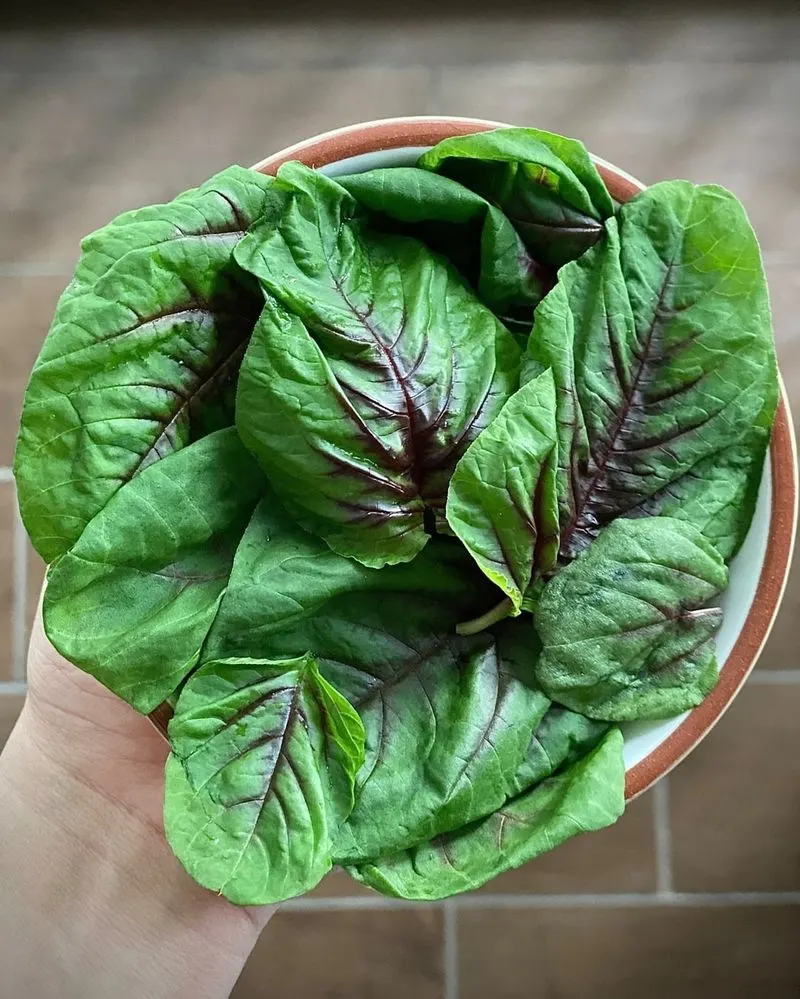
Amaranth Greens shine in the summer sun, with vibrant red and green leaves that are both attractive and edible. Known for their mild, spinach-like taste, these greens are a staple in many global cuisines.
In the garden, Amaranth is a drought-tolerant marvel. It thrives where others wilt, providing a steady supply of nutritious leaves even in the height of heat. Rich in vitamins and minerals, it’s a healthful addition to any meal.
Its striking appearance makes Amaranth Greens a dual-purpose plant, offering both culinary benefits and ornamental beauty, ensuring it stands out in any garden.
New Zealand Spinach
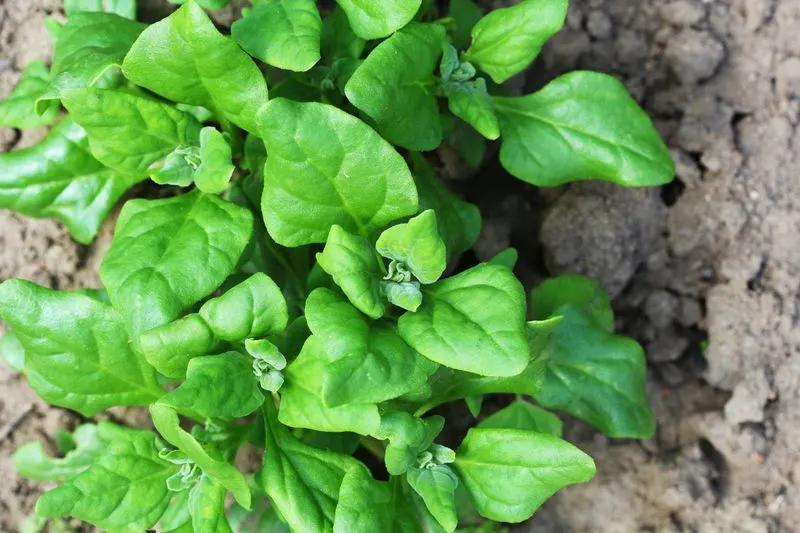
New Zealand Spinach, despite its name, is unrelated to true spinach. It thrives in sandy, well-drained soil and is perfect for coastal gardens. Its triangular leaves offer a crisp texture and mild flavor, ideal for summer salads.
This heat-loving green is incredibly resilient, standing firm against both high temperatures and salty conditions. It’s an excellent choice for gardeners in hotter climates seeking a consistent harvest.
New Zealand Spinach’s ability to flourish where other greens struggle makes it a valuable addition to any summer garden. Its unique growth habit adds interest and variety to vegetable plots.
Perpetual Spinach
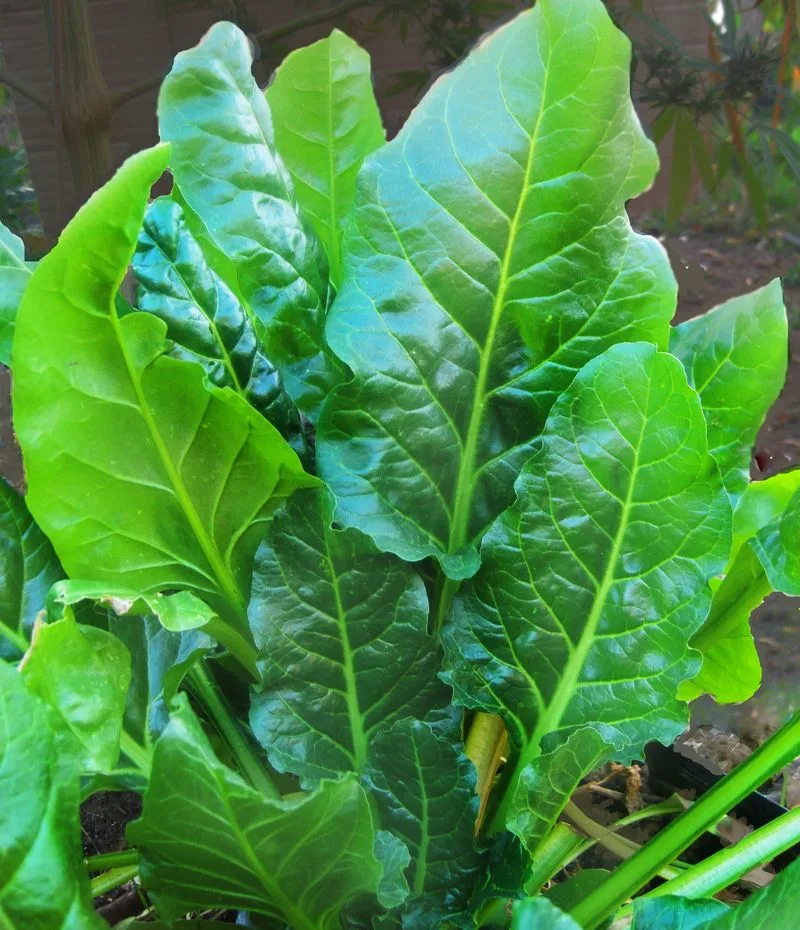
Perpetual Spinach is a gardener’s friend, offering a continuous supply of greens throughout the summer. With long, narrow dark green leaves, it’s a hardy plant that withstands heat with ease.
Despite its name, Perpetual Spinach is actually a type of chard. Its mild flavor and tender leaves make it versatile in the kitchen, suitable for salads and cooked dishes alike.
Its resilience to heat and ability to produce a steady crop even in challenging conditions make it a must-have for summer gardens. Whether you’re a seasoned gardener or a novice, this plant promises satisfaction.
Moringa Leaves

Moringa, often dubbed the “miracle tree,” is renowned for its nutritional powerhouse leaves. Thriving in tropical and arid climates, it offers a robust harvest even in the most extreme heat.
The leaves of Moringa are small but mighty, packed with vitamins and minerals. Their slightly spicy, horseradish-like flavor adds an exotic twist to dishes. Often used fresh, dried, or powdered, they are a versatile ingredient.
Moringa’s ability to grow rapidly and withstand drought makes it an invaluable plant for sustainable gardening. Its resilience and health benefits make it a prized addition to hot-weather gardens.
Kale
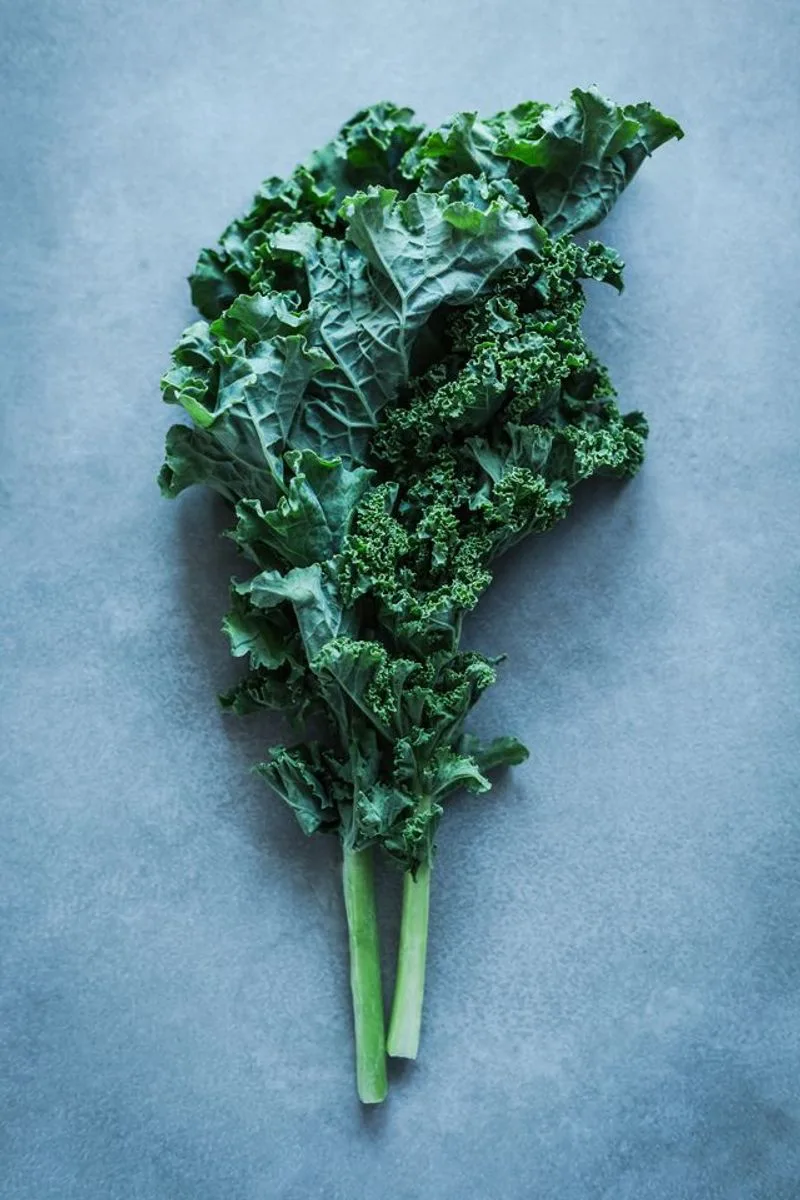
Kale, the king of superfoods, stands tall in summer gardens. Its curly, robust leaves are not only nutritious but also surprisingly heat-tolerant. A favorite among health enthusiasts, Kale continues to thrive even under the scorching sun.
With a slightly peppery flavor, Kale is versatile in the kitchen, suitable for salads, smoothies, and cooked dishes. Its hardiness makes it a reliable choice for gardeners seeking a continuous summer harvest.
Beyond its culinary uses, Kale’s vibrant green color and textured leaves add visual interest to garden beds, making it a popular pick for both nutrition and aesthetics.
Mustard Greens
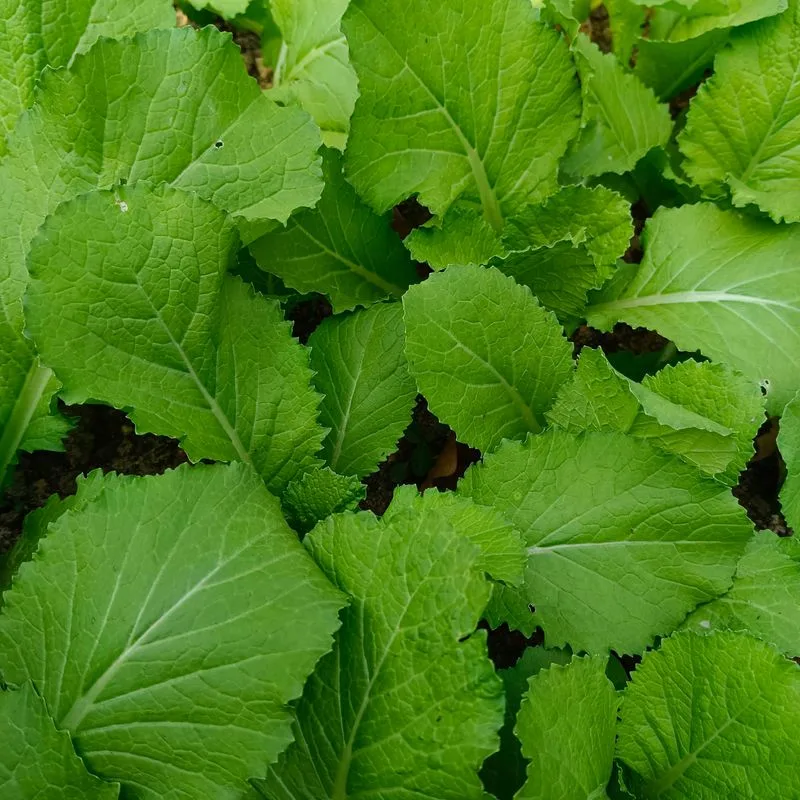
Mustard Greens bring a spicy kick to any dish, thriving in the heat of summer. Their bright green, ruffled leaves are packed with flavor, adding a bold touch to salads and sautés.
These greens are not only tasty but also resilient, withstanding high temperatures where others may falter. Their peppery taste offers a zesty contrast to milder greens, energizing any culinary creation.
Gardeners value Mustard Greens for their quick growth and reliable yield. Their ability to flourish in heat makes them a staple in summer gardens, providing both taste and tenacity when needed most.
Tatsoi
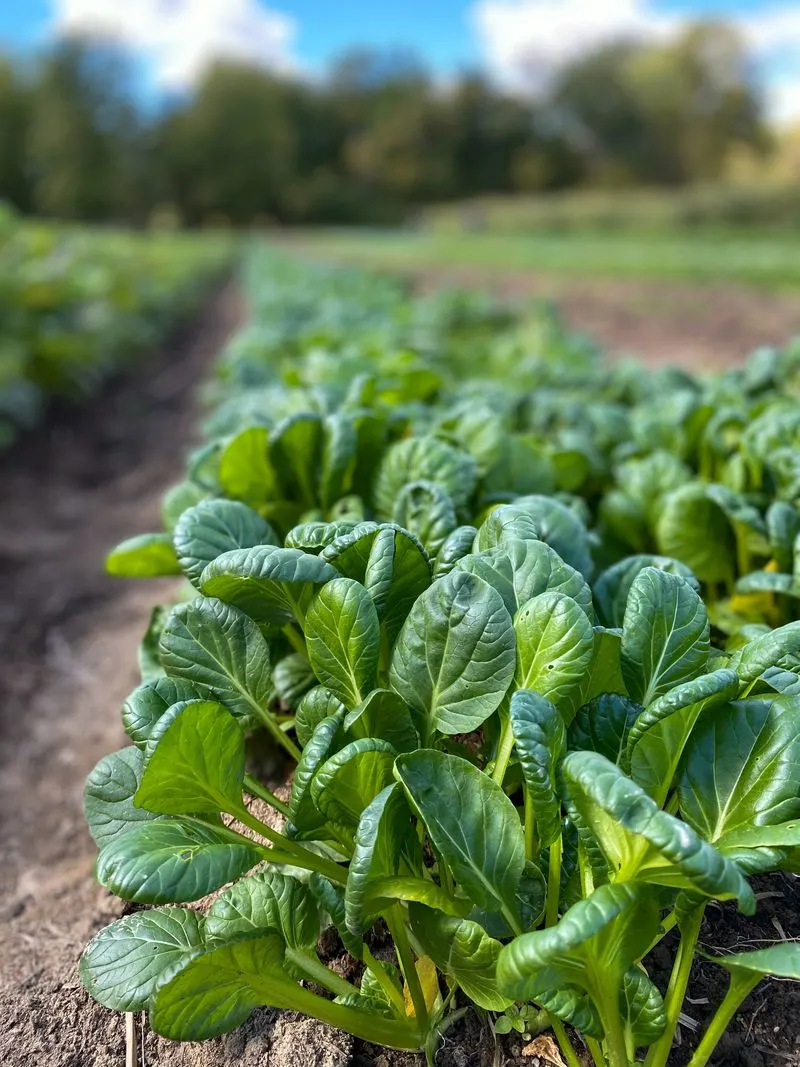
Tatsoi, often called “spinach mustard,” is a resilient Asian green thriving in warm conditions. Its spoon-shaped dark green leaves form a compact rosette, adding intrigue to garden beds.
This green’s mild, subtle flavor makes it a versatile addition to salads and stir-fries. Tatsoi is renowned for its quick growth, offering a rapid harvest in sunny climates.
With its graceful form and adaptability, Tatsoi is a favorite for gardeners seeking variety. Its charming appearance and ability to withstand heat ensure it remains a treasured choice for summer planting, both practical and aesthetic.
Arugula
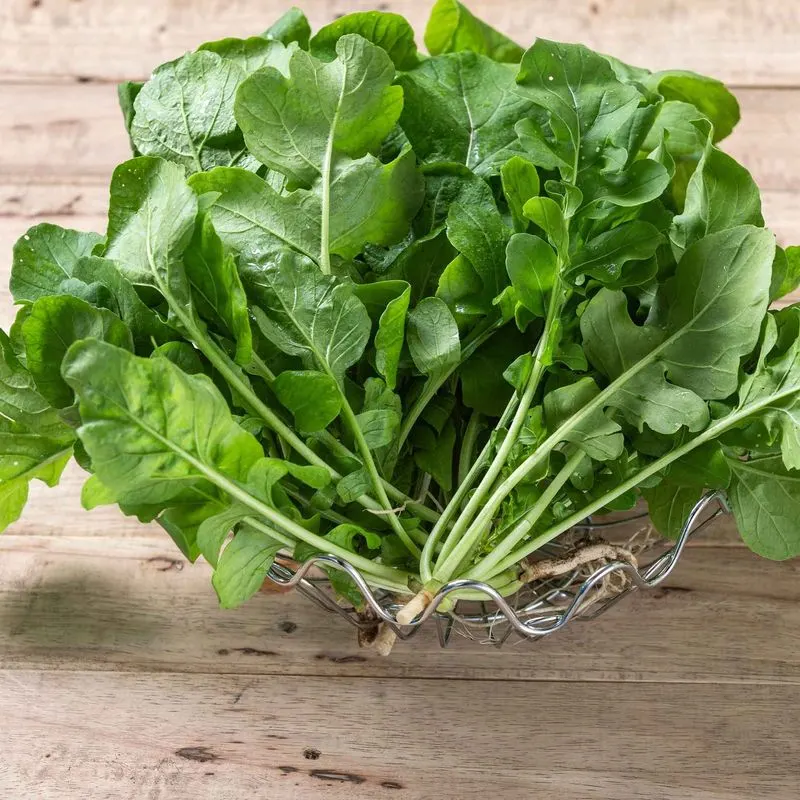
Arugula’s peppery bite delights salad lovers, yet it struggles under summer’s relentless heat. Known for its tender leaves, it quickly bolts, leaving gardeners scrambling.
Despite its challenges, Arugula remains a popular choice for spring and fall gardens. Its unique flavor adds zest to any dish, making its fleeting summer presence worthwhile.
While not a summer staple, growing Arugula in the cooler months ensures enjoyment of its distinct taste. Gardeners learn to appreciate its brief but flavorful contribution, savoring the spice it brings to culinary creations.
Lettuce
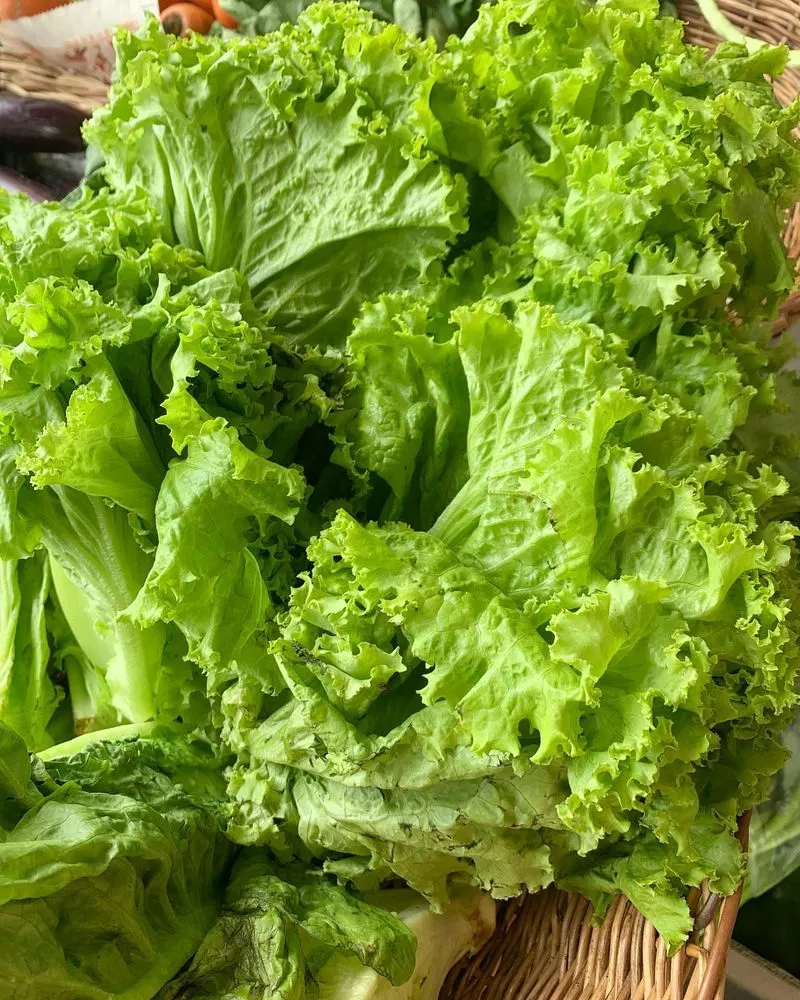
Lettuce, a beloved salad staple, faces challenges in the summer sun. Most varieties quickly bolt, turning bitter and less palatable. Gardeners often struggle to maintain its crispness during hotter months.
Despite its summer woes, Lettuce remains a favorite for cooler seasons. Its tender leaves and mild taste make it a versatile base for countless dishes. By planting in shaded areas or using succession planting, gardeners can extend its growing season.
Understanding Lettuce’s limitations helps enthusiasts savor its fresh, crisp flavors when conditions are just right, ensuring it remains a garden essential.
Spinach
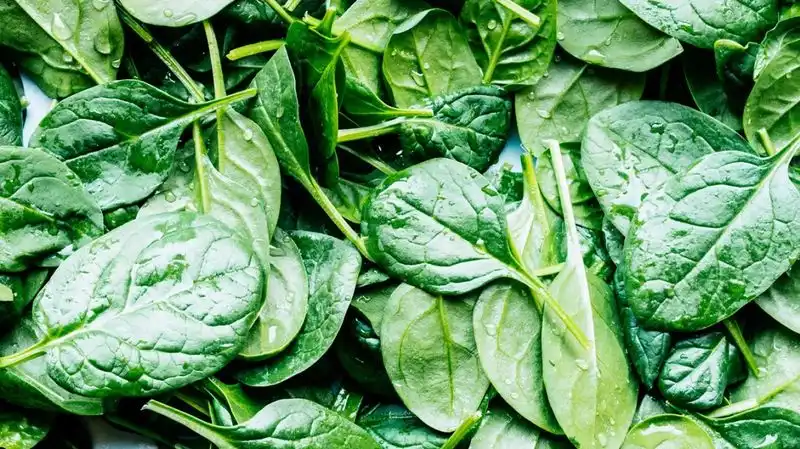
Spinach, renowned for its nutritional value, falters in the face of summer’s heat. Its broad, dark green leaves are quick to bolt, leaving gardeners with an early-season crop.
Though challenging to grow during hot months, Spinach is a cool-weather favorite. Its versatile nature allows it to shine in salads, sautés, and more. By planting early or using shade cloths, enthusiasts can enjoy its benefits longer.
Gardeners embrace Spinach’s fleeting presence, celebrating its contribution to healthy eating. With careful planning, this leafy green maintains its place in seasonal rotations, cherished for its taste and nutrition.
Cress
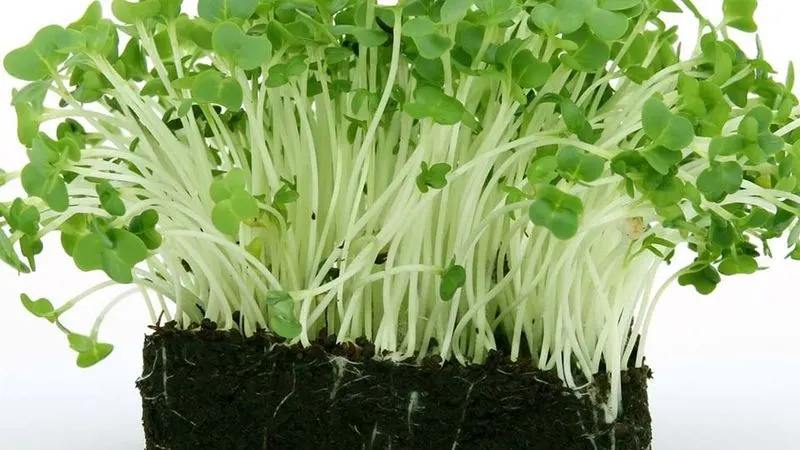
Cress, with its spicy zing, is a gardener’s delight, yet it wilts under summer’s blaze. Its small, tender leaves quickly bolt, making it a fleeting companion in warm weather.
Despite its brief presence, Cress adds a unique flavor to salads and sandwiches. Its rapid growth makes it suitable for early or late-season planting, offering a quick harvest.
Gardeners appreciate Cress for its distinctive taste, even if its summer tenure is short-lived. By understanding its tendencies, enthusiasts can strategically enjoy its peppery profile throughout the cooler months, adding excitement to their garden repertoire.
Pak Choi
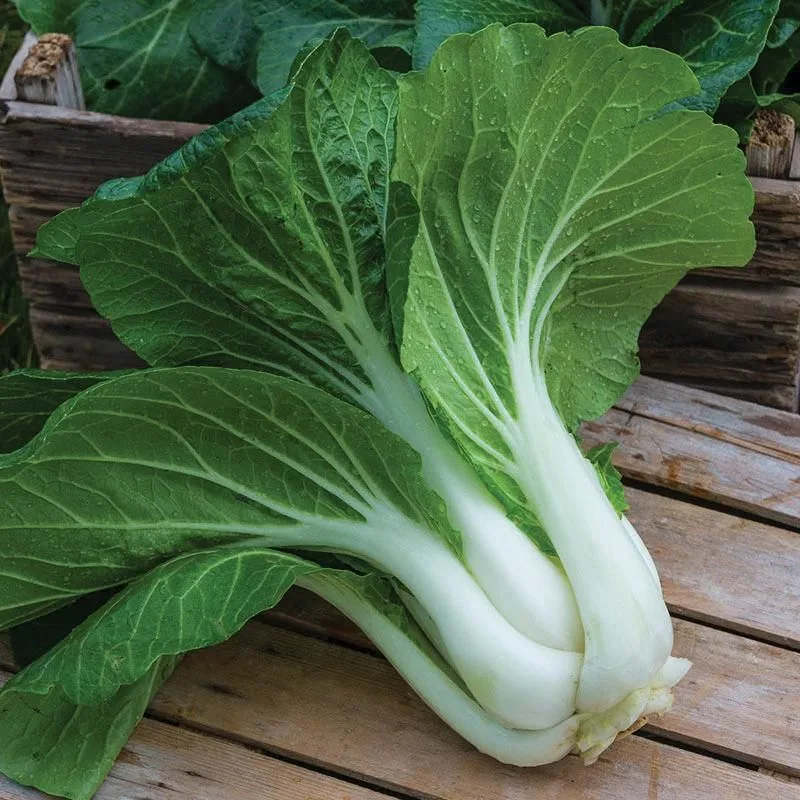
Pak Choi, also known as Bok Choy, struggles in the heat, rapidly going to seed as summer progresses. Its crisp, spoon-shaped leaves are a staple in many Asian dishes, bringing a refreshing crunch.
Though not ideal for summer, Pak Choi thrives in cooler gardens. Its versatility in the kitchen makes it a valuable addition to any culinary endeavor. By timing planting carefully, gardeners can enjoy its textures and flavors without the rush of bolting.
Understanding Pak Choi’s preferences allows enthusiasts to savor its contributions, ensuring its place in seasonal garden plans, enriching both taste and texture.
Miner’s Lettuce
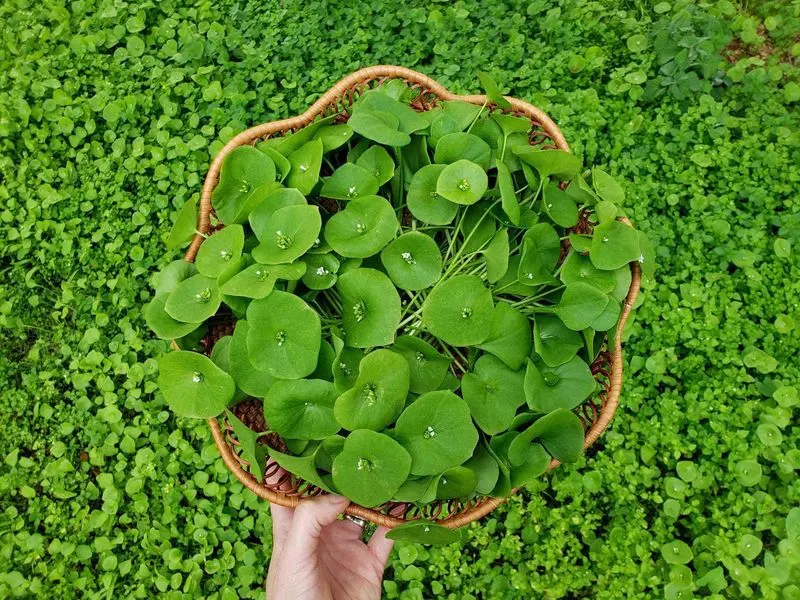
Miner’s Lettuce, with its succulent leaves and mild flavor, thrives even in the warmth of summer. This resilient plant is native to the Pacific coast of North America, where it defies the odds by flourishing in heat.
Its circular leaves and tiny white flowers add a distinctive charm to gardens. Beyond aesthetics, Miner’s Lettuce is packed with vitamins A and C, making it both attractive and nutritious.
Interestingly, it was historically consumed by miners during the California Gold Rush. This green’s ability to withstand high temperatures makes it a worthwhile addition to any summer garden.

